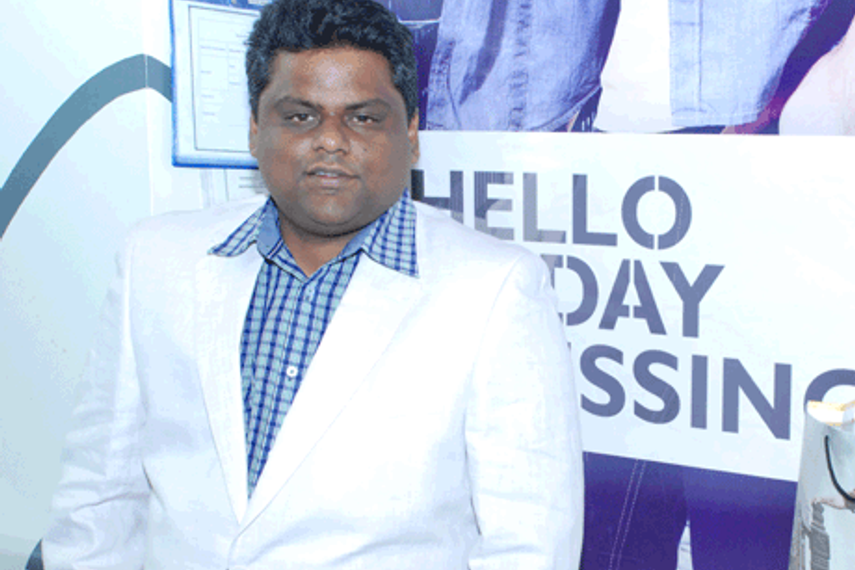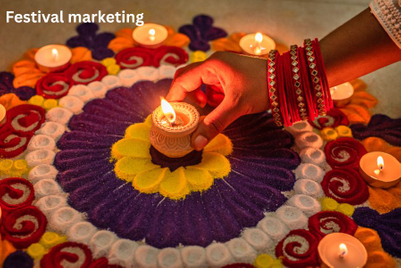
In the 1990s, Allen Solly brought the concept of 'Friday Dressing' to men’s work wear. Nearly two decades later, the brand is back with 'Hot Fridays'.
Campaign India caught up with Sooraj Bhat, brand head, Allen Solly, to find out more about 'Hot Fridays', campaigns to drive the proposition, customer loyalty, re-branding with a new logo across outlets, and more. Edited excerpts:
Campaign India: What impact did ‘Friday Dressing’ have on the sales of the brand?
Sooraj Bhat: 'Friday dressing' is a name we coined about 18 years ago and in terms of impact, it is right at the core of the brand. It was a phrase coined using the thought of popular language. We launched in 1991 and called ourselves 'relaxed formal wear'. We talked of clothes that were relaxed and different from the rest; the clothes were not very formal but yet not casual. So that is what Allen Solly stood for; but then over the years, we changed the proposition to ‘Friday Dressing’ and it had a huge impact on our sales.
Earlier this year, a re-branding exercise (logo and outlets redone) was undertaken. What was the reason behind this?
We had launched the idea of 'Friday dressing' two decades back, so it was time for us to look at our core and re-energise and re-articulate ourselves for the new generation - the generation that bought Allen Solly two decades ago was a completely different one. We first looked at the consumer and realised that amongst consumers there is a higher need for 'looking good' while dressing for work and that they also have a more casual attitude towards clothes. Also, the business context has changed as there are many international brands launched in India. One of the implications is the retail experience that these brands bring in. We undertook the re-branding exercise in this context.
We modernised the stag image and made it a brand mark. Thus, the logo and emblem was changed. The merchandise changed because we had to acknowledge the fact that young consumers want different fits and styles. Lastly, given the importance of retail, we completely transformed the way Allen Solly retail looks like. We opened new stores, which were a blend of the British heritage of Allen Solly and modernity of today. We followed it up with our communication of 'Hot Fridays' where we are saying that you do not have to dress down on a Friday and wear a T-shirt and jeans, but instead you must dress up as there are high possibilities of socialising and going out on Fridays.
What is the merchandising support for the 'Hot Fridays' proposition?
Hot Fridays is a campaign idea with a certain take on Friday dressing; you can buy merchandise available from Allen Solly to take care of any special occasion planned for a Friday. There is an entire Allen Solly line suitable to the proposition of 'Hot Friday'.
What's the share of spend on digital, and how is this growing?
Ten per cent of our media spends is allocated for digital and we are aggressive on Facebook where we have seven lakh fans. We launched the Hot Fridays campaign on Twitter through an activity that integrated on-ground. This season has seen our most aggressive investment in digital in terms of the media spends. Digital is the media in which we will continue to invest. Having said that, I don’t think our investments are very large but its only going to go up from here.
In a category where loyalty is said to be among the lowest (mass fashion), are there scores to show for Allen Solly's loyalty? What do market shares say?
It is difficult to comment on market shares. However, close to 31 per cent of our sales this year comes from the repeat business of our loyal customer base. There is a programme called 'My Allen Solly' in our exclusive stores; 31 per cent of our business every month on average is repeat business. It means the customer is coming back and buying again and that is fairly telling.
How much does mens wear contribute? What rate is that growing by? Is Hot Fridays also extendable to women's wear - has it been already?
We are seen as a fairly unisex brand, but yes it is true that the men’s wear has a dominant proportion, of close to 80 per cent. Distribution is the reason behind this. 'Hot Fridays' is extendable to women’s wear as well. Men’s wear has grown at about 15 per cent CAGR over the last year while women’s wear has grown by 25 per cent.
What explains the timing of the campaign?
Hot Fridays campaign was launched just before Diwali. The campaign is timed around the time of festivals when most of the consumers walk into the stores and make purchases. If you compare Diwali (last year) to Diwali (this year), we have had double digit growth and post Diwali the market continues to look strong




.jpg&h=268&w=401&q=100&v=20250320&c=1)
.jpg&h=268&w=401&q=100&v=20250320&c=1)




